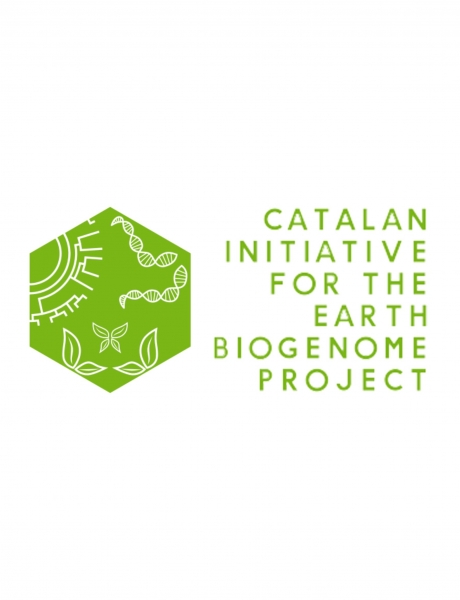
Current estimates suggest that venomous snakes affect at least 1.8–2.7 million people worldwide each year, leaving a trail of between 81,000 and 138,000 deaths and 400,000 surviving victims who suffer from permanent physical and psychological disabilities. Snakes are abundant in warmer climates, restricting the hyper-endemic regions for snakebites mostly to tropical countries of the developing world, affecting some of the world’s most remote, poorly developed, and politically marginalized tropical communities. As a result of that, in 2017 the World Health Organization (WHO) listed snakebite as a priority Neglected Tropical Disease.
The project will concentrate in the Països Catalans (PPCC) and will study all 5 species of venomous snakes belonging to 3 different genera, plus 1 representative of each one of the 5 remaining genera of snakes present in the territory.
At CNAG, we will contribute to the project using an interdisciplinary multi-omics approach to produce high quality chromosome-level reference genomes for 6 species, whole genome sequence (WGS) data, as well as transcriptomic and proteomic data to address with an unprecedented level of resolution and accuracy the systematics, population structure, demographic history and evolution of all 8 snake genera of the PPC and, more importantly, the evolution of their toxic arsenals.
In addition, this project will be a pilot study to establish a road map for generating high-quality reference genomes of animals within the CBP, highlighting the different sample repositories to ensure traceability. Overall, this project is a unique opportunity to complete the list of reference genomes for all 8 genera of the suborder Serpentes from the PPCC, to make significant advances on a hot topic in Evolutionary Biology and, at the same time, to contribute with high quality data and modern analyses to the relevant scientific field of snakebite envenoming, a field much in need of high quality genomic and transcriptomic data.
Our main objective is to generate chromosome-level reference genomes for 2 venomous (Macroprotodon mauritanicus and M. brevis), and 4 non-venomous (Coronella girondica, Zamenis scalaris, Hemorrhois hippocrepis and Hierophis viridiflavus) snakes from the PPCC. Together with already available or ongoing genomes for other 4 snakes (2 Vipera, 1 Malpolon and 1 Natrix), we will complete the list of reference genomes for all 5 venomous snakes and at least one representative of the 8 snake genera of the PPCC.
Transcriptomic and proteomic data will be used to obtain the “venom-ome-specific toxins”, an invaluable resource to shed light into the evolution of snake toxic arsenals and for the future development of better antivenoms. We will also generate 60 WGS that will help to settle contradicting but crucial phylogenetic hypotheses within the different snake genera of the PPCC, and will shed new light into their speciation, hybridization, demography, and evolution.
This project is funded by the Institute of Catalan Studies.
THE ROLE OF CNAG
The CNAG will perform DNA extraction, sequence, assemble and annotate each of the six snake species.
COORDINATION
Salvador Carranza (IBE-CSIC, UPF) will coordinate the project.











